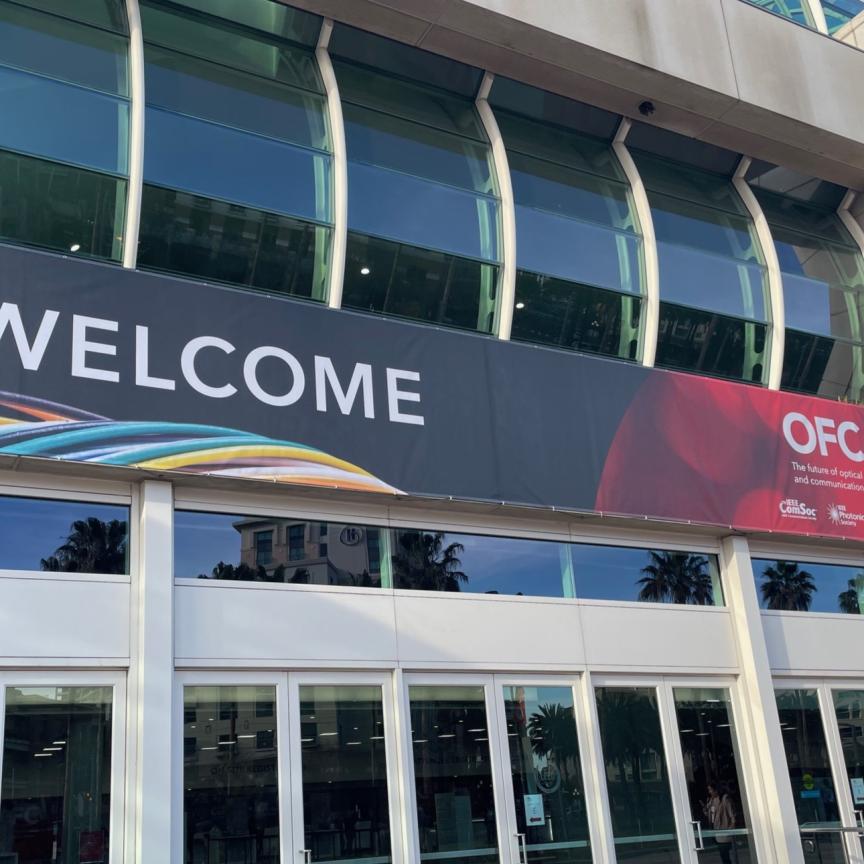The provider trialled Nokia’s technology using existing optical line terminals (OLT) that had already been rolled-out nationwide.
The OLT was connected simultaneously to three end user devices with a combined speed of 37.5Gb/s using a 25G PON optical network terminal (ONT) at 25Gb/s, an XGS-PON ONT at 10Gb/s and a G PON ONT at 2.5Gb/s. All services can be served with the same, single fibre at the same time.
AIS Fibre was the first operator to offer 100% optical fibre broadband services in Thailand. With this successful trial concluded, the company is set to realise its ambition to build a future-proofed fibre optic home internet network in the country in order to offer services with super higher speeds and low latency. Since AIS Fibre will be able to run GPON, XGS-PON and 25G PON services on the same fibre line, it can offer customers a full choice of speeds up to 25Gb/s on the existing platform and without the need to dig up the street and lay new fibre.
25G PON also provides AIS Fibre with the opportunity to offer enterprises a 10G + and lower latency replacement to Point to Point (P2P) connections, which can be costly and are less scalable. The operator will also be able to use the technology for 5G backhaul, which will become increasing important as it builds more cell sites required for higher frequency 5G.
Thanit Chaiyaboonthanit, Acting Managing Director of Fixed Broadband at AIS, said: “AIS Fibre prioritises innovation that will provide the best services to our customers, and gives us network technology which meets users' future needs in terms of both speed and flexibility. This partnership with Nokia to trial 25G PON technology has yielded favourable results, inspiring us to believe that we can deploy it in the future.”
Ajay Sharma, Head of Thailand and Cambodia at Nokia, said: “With enhanced speeds provided by 25G PON, fibre networks are evolving into being able to connect everything, everywhere. They play an important role in delivering any service to any end point, including residences, businesses, and cell sites. We are proud to have been part of this important milestone.”


